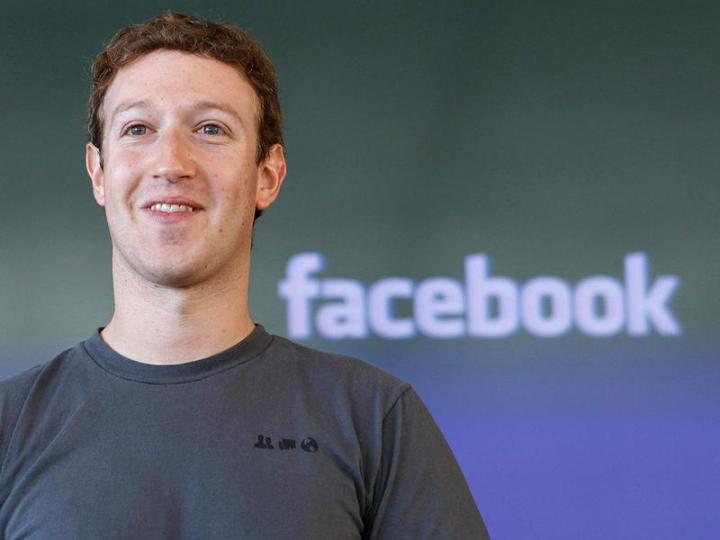
Updated on 06-04-2015 by Kyle Wiggers: Added news of Facebook Lite’s official launch in Asia, Africa, Europe, and Latin America.
Facebook Lite is only available on the Google Play Store in Bangladesh, Nepal, Nigeria, South Africa, Sudan, Sri Lanka, Vietnam, and Zimbabwe for now, but it will soon to launch in Asian, Latin American, African, and European nations “over the coming weeks.”
Facebook Lite is a tiny, performance-friendly

Facebook Lite is designed to work on low-end hardware, supports Internet connections with speeds as low as 2G, and should work in areas with somewhat poor connectivity. The app shouldn’t use too much data in the process either.
Facebook Lite is a grab at the explosive trend toward low-end devices in emerging markets, and
Additionally, the trade organization GSMA expects 80 percent of the predicted six billion connected smartphones in 2020 to represent emergent nations. It isn’t hard to see, then, why nearly every Internet-based company is aiming to penetrate developing markets.
What arguably differentiates Facebook is its ambition. Last year, the social network partnered with smartphone and chip companies to launch Internet.org, a project aimed at leveraging drones, satellites, and other autonomous technologies to connect the more than 5 billion people currently without Internet. The goals are ostensibly altruistic, but
Beyond Facebook Lite and Internet.org,
